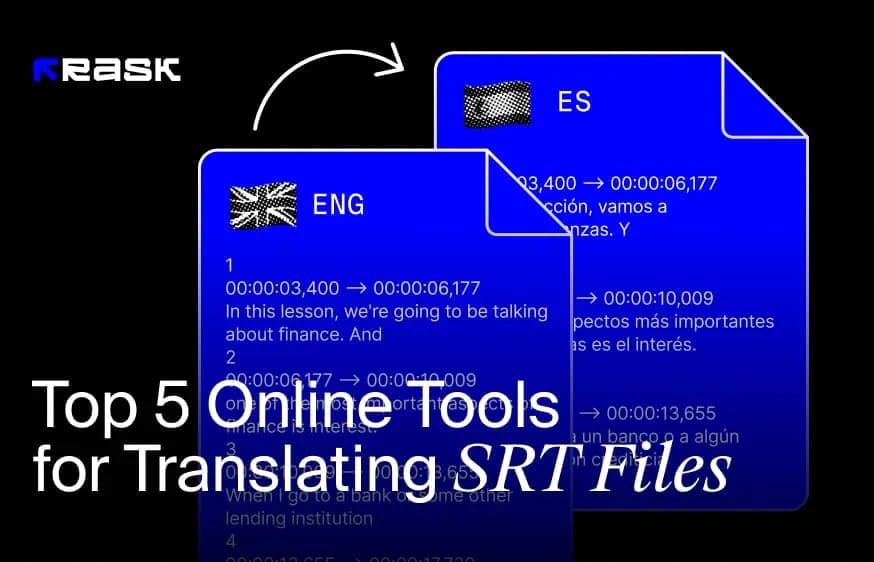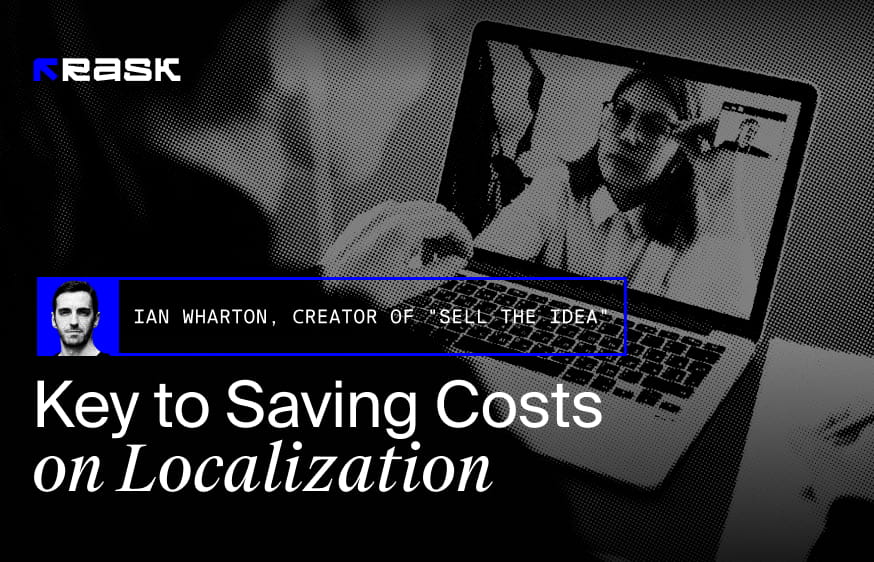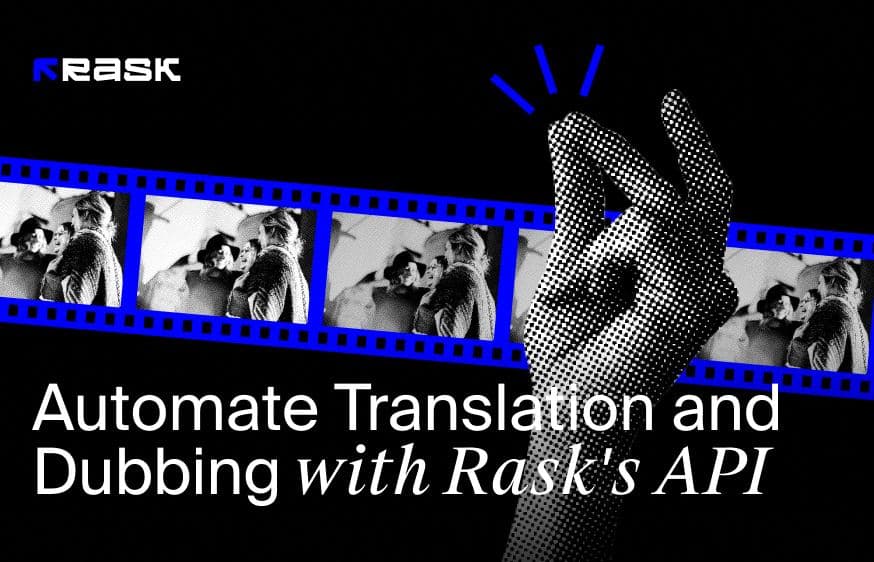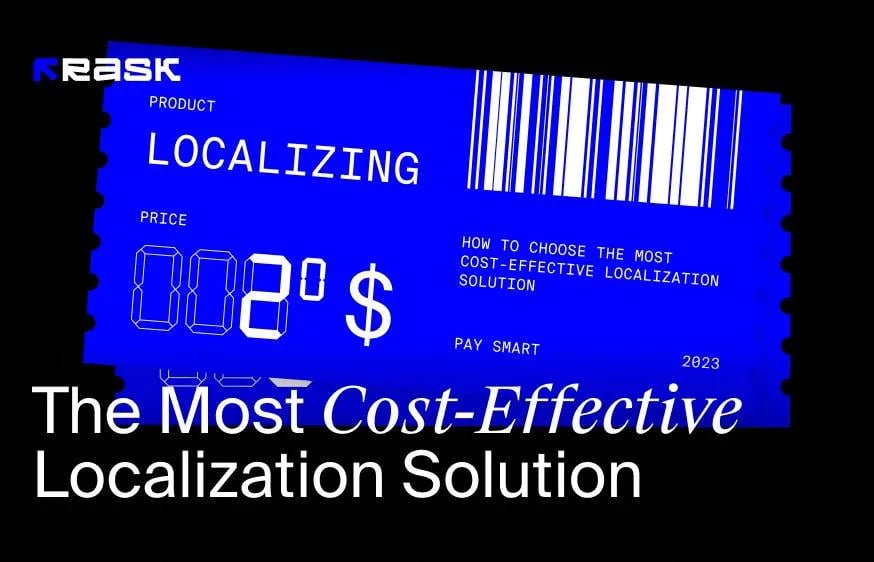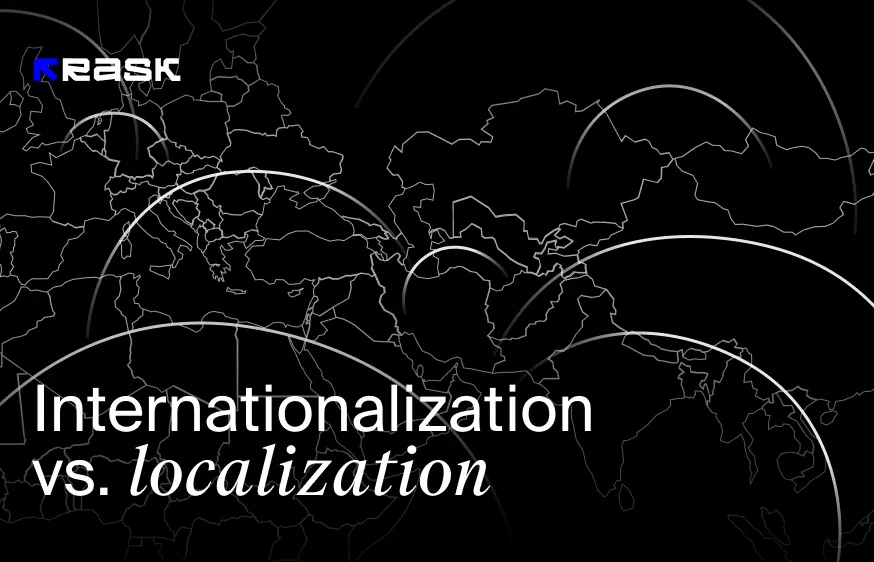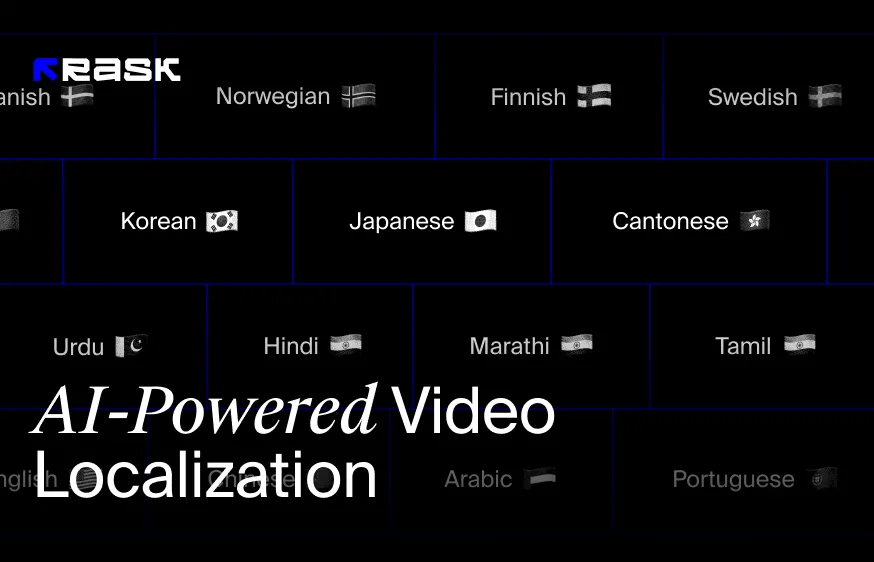Introduction
Video localization projects are a great way to reach larger audiences, but they can be costly. Luckily, with the right budgeting and cost management techniques, you can ensure that your video project is successful without breaking the bank. In this article, we'll explore best practices for budgeting and cost management in localization video projects, such as setting a realistic budget and understanding the language-specific costs associated with each project. We'll also discuss how to make sure you are getting value for money by working with experienced vendors.

Tips for Successful Budget Planning and Expense Control in Video Localization Projects
Setting a Realistic Budget
When it comes to budgeting for video localization projects, it’s important to be realistic. Factors such as the length of the video, the number of languages you need to translate into, and other features like closed-captioning or dubbing can all affect the cost. To determine a realistic budget, consider how many resources will be needed to complete your project. Once you’ve established a budget, it’s a good idea to add in a contingency fund of 10–15% in case of any unexpected costs.
Understanding Language-Specific Costs
When budgeting for video localization projects, it’s important to take language-specific costs into account. For example, certain languages may require more resources than others due to their complexity. Additionally, some language services providers charge more for certain dialects or accents than others. Make sure to research the cost of different language-specific services and factor them into your budget accordingly.
Working with Experienced Vendors
When looking for partners to help with your video localization project, be sure to work with experienced vendors who understand the complexities of the industry. Experienced vendors can help you streamline processes and keep costs down while maintaining quality. Additionally, they will be able to provide valuable insights into budgeting and cost management that can ensure success for your video project.
Conclusion
Video localization projects can be expensive, but by following best practices for budgeting and cost management, you can ensure that your project is successful without breaking the bank. Setting a realistic budget and understanding the language-specific costs associated with each project are key to managing costs. Lastly, make sure to work with experienced vendors who understand localization and are experienced in delivering high-quality results. By following these tips for budgeting and cost management, you can ensure that your video localization project is successful without breaking the bank.
Thanks for reading! We hope this article was helpful in understanding how to best manage costs in localization video projects. If you have any questions about budgeting or cost management, please don’t hesitate to reach out. We’d be happy to help!
Happy localization! :)
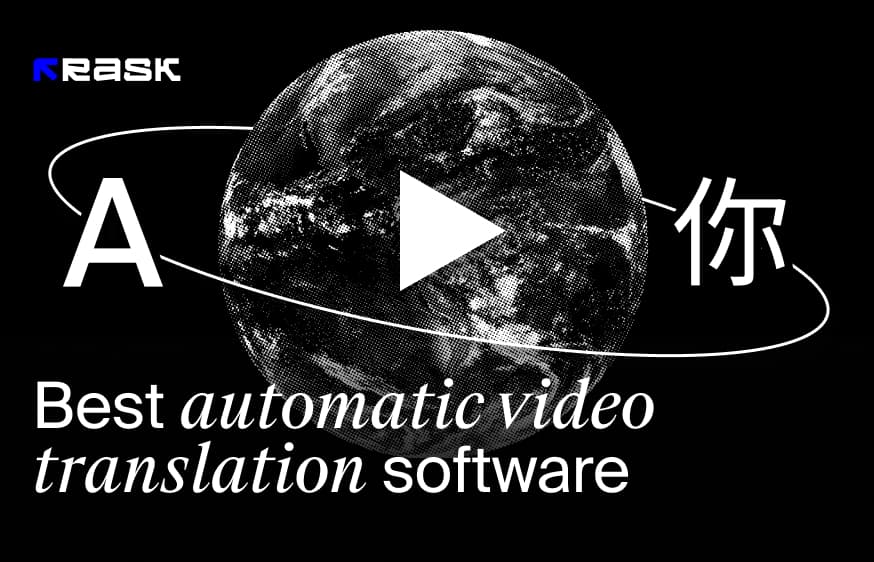


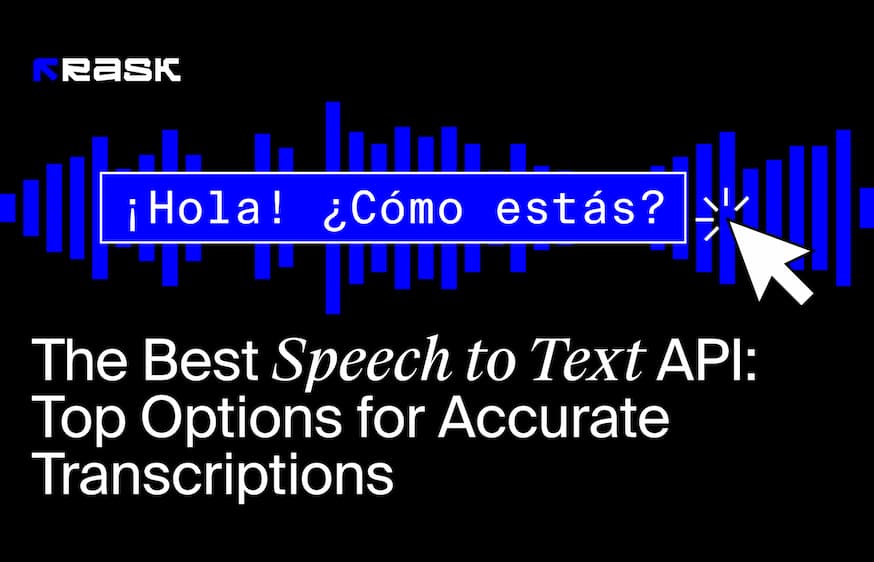

.jpg)
.webp)




![8 Best Video Translator App for Content Creators [of 2024]](https://rask.ai/cdn-cgi/image/width=960,format=auto,fit=scale-down/https://cdn.prod.website-files.com/63d41bc99674c403e4a7cef7/6668a3dcd3175bd1d1c73c81_Best%20video%20translator%20apps%20cover.webp)
![Best AI Dubbing Software for Video Localization [of 2024]](https://rask.ai/cdn-cgi/image/width=960,format=auto,fit=scale-down/https://cdn.prod.website-files.com/63d41bc99674c403e4a7cef7/66685014f68137eb05c89c16_Cover.webp)



